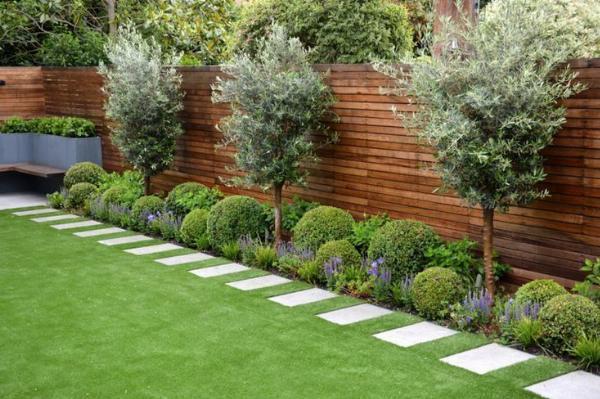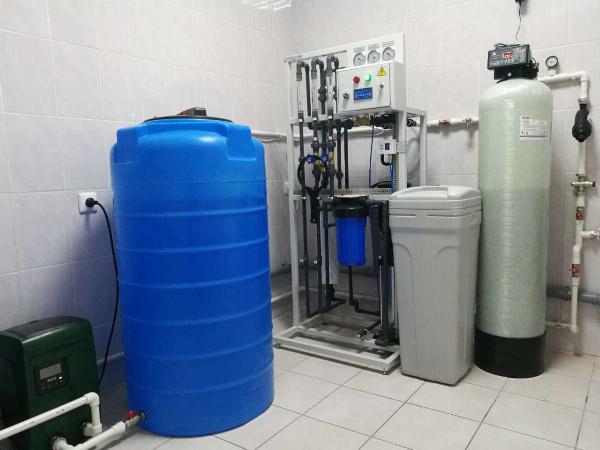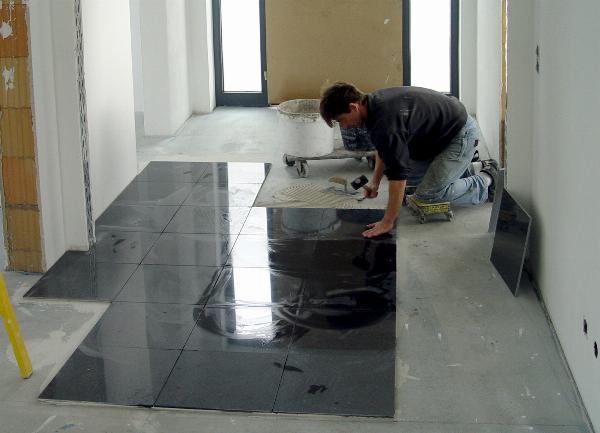Landscaping Mistakes to Avoid: Common Pitfalls and How to Fix Them

Landscaping is more than just planting flowers and mowing the lawn—it's about creating an outdoor space that enhances the beauty and functionality of your property. However, many homeowners fall into common pitfalls that can detract from the overall appeal of their landscaping. In this guide, we'll explore some of the most prevalent landscaping mistakes and provide actionable tips on how to avoid them to achieve stunning results. Whether you're a seasoned gardener or new to landscaping, these insights will help you elevate your outdoor space and make it a true extension of your home.
1. Neglecting Proper Planning
One of the biggest mistakes homeowners make in landscaping is jumping into projects without a solid plan. Without a clear vision and blueprint, you may end up with disjointed elements that don't flow well together. To avoid this, start by assessing your outdoor space and identifying key areas for improvement. Consider factors such as sunlight exposure, soil quality, and existing vegetation. A well-thought-out plan will serve as your roadmap and ensure that every aspect of your landscaping harmonizes seamlessly.
2. Ignoring Maintenance Needs
While a beautifully landscaped yard can enhance curb appeal, it requires ongoing maintenance to stay pristine. Ignoring maintenance tasks such as mowing, pruning, and watering can lead to overgrown plants, weed infestations, and an overall unkempt appearance. Create a maintenance schedule and stick to it to keep your landscaping looking its best year-round. If time constraints are an issue, consider hiring a professional landscaping service to handle routine upkeep.
3. Choosing the Wrong Plants
Selecting plants that are unsuitable for your climate, soil type, or maintenance preferences is a common landscaping mistake. Before purchasing plants, research their specific requirements and ensure they are well-suited to thrive in your area. Native plants are often a great choice as they are adapted to local conditions and generally require less maintenance. Additionally, consider factors such as growth rate, mature size, and potential for invasive behavior to avoid future headaches.
4. Overcrowding Plants
While it's tempting to fill every inch of your garden with plants, overcrowding can lead to competition for resources such as sunlight, water, and nutrients. This can result in stunted growth, poor flowering, and increased susceptibility to pests and diseases. Give your plants adequate space to spread out and grow to their full potential. Consider their mature size when spacing them and allow room for future growth without overcrowding.
5. Neglecting Soil Health
Healthy soil is the foundation of a thriving landscape, yet many homeowners overlook soil health when landscaping. Poor soil quality can hinder plant growth and limit the success of your garden. Conduct a soil test to assess nutrient levels, pH balance, and drainage properties. Based on the results, amend the soil as needed with organic matter, fertilizers, or pH adjusters to create an optimal growing environment for your plants.
6. Focusing Solely on Aesthetics
While aesthetics are important in landscaping, focusing solely on visual appeal without considering functionality can lead to impractical designs. Incorporate elements such as pathways, seating areas, and functional zones that enhance usability and enjoyment of your outdoor space. Balance aesthetics with functionality to create a landscape that not only looks beautiful but also serves your practical needs.
7. Improper Watering Practices
Watering is crucial for plant health, but improper watering practices can do more harm than good. Overwatering can lead to root rot, fungal diseases, and waterlogged soil, while underwatering results in stressed and wilted plants. Learn the watering needs of different plant species and adjust your watering schedule based on weather conditions. Consider using drip irrigation or soaker hoses for efficient and targeted watering, especially during hot and dry periods.
8. Neglecting Landscape Lighting
Proper lighting can transform your landscaping into a captivating outdoor oasis, yet it's a feature that many homeowners overlook. Incorporate landscape lighting to highlight focal points, pathways, and architectural elements after dark. Not only does lighting enhance visibility and safety, but it also extends the usability of your outdoor space into the evening hours, allowing you to enjoy your garden day and night.
9. Disregarding Wildlife and Pollinators
A healthy ecosystem includes not just plants but also wildlife and pollinators such as bees, butterflies, and birds. Avoid using pesticides that harm beneficial insects and opt for natural pest control methods whenever possible. Incorporate native plants that attract pollinators and provide food and shelter for wildlife. Creating a welcoming environment for biodiversity adds depth and vitality to your landscaping while contributing to environmental sustainability.
10. Ignoring Professional Advice
Lastly, one of the most critical mistakes in landscaping is ignoring professional advice or attempting complex projects without proper knowledge and expertise. Consulting with a landscape designer or horticultural expert can provide valuable insights and guidance tailored to your specific needs and goals. Whether it's designing a new garden layout, selecting appropriate plants, or troubleshooting issues, professionals can help you achieve optimal results and avoid costly mistakes.
Landscaping Wilmslow Tips:
In the picturesque town of Wilmslow, landscaping plays a significant role in enhancing the charm and character of residential properties. Landscaping Wilmslow encompasses a blend of traditional elegance and modern aesthetics, creating outdoor spaces that are both inviting and functional. Here are three key tips for successful landscaping in Wilmslow:
1. Embrace Local Flora: Incorporate native plants and trees that thrive in Wilmslow's climate and soil conditions. Native species are well-adapted to the local environment, requiring less maintenance and water once established.
2. Consider Privacy: With close-knit neighborhoods and beautiful gardens, privacy is a consideration for many homeowners in Wilmslow. Use strategic plantings, hedges, and fencing to create private outdoor retreats without compromising on style.
3. Sustainable Practices: Wilmslow residents value sustainability and eco-friendly practices. Implement water-efficient irrigation systems, use organic fertilizers, and prioritize eco-conscious landscaping techniques to align with the town's environmental ethos.
Conclusion:
By avoiding these common landscaping mistakes and following expert tips, you can transform your outdoor space into a harmonious retreat that enhances your home's value and curb appeal. Whether you're tackling a small garden makeover or a complete landscape redesign, thoughtful planning and attention to detail will lead to stunning results that you can enjoy for years to come. Happy landscaping!
Note: IndiBlogHub features both user-submitted and editorial content. We do not verify third-party contributions. Read our Disclaimer and Privacy Policyfor details.







